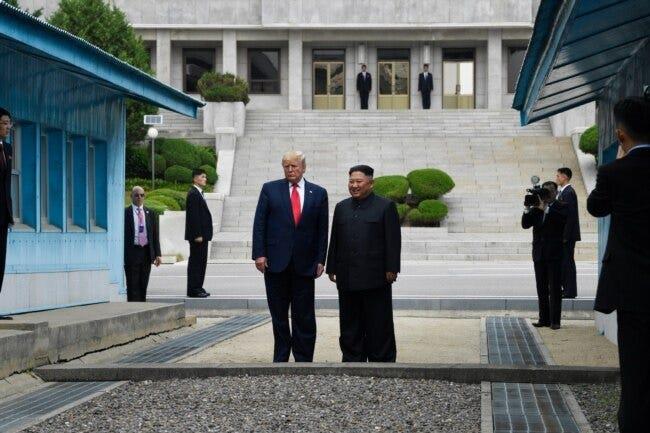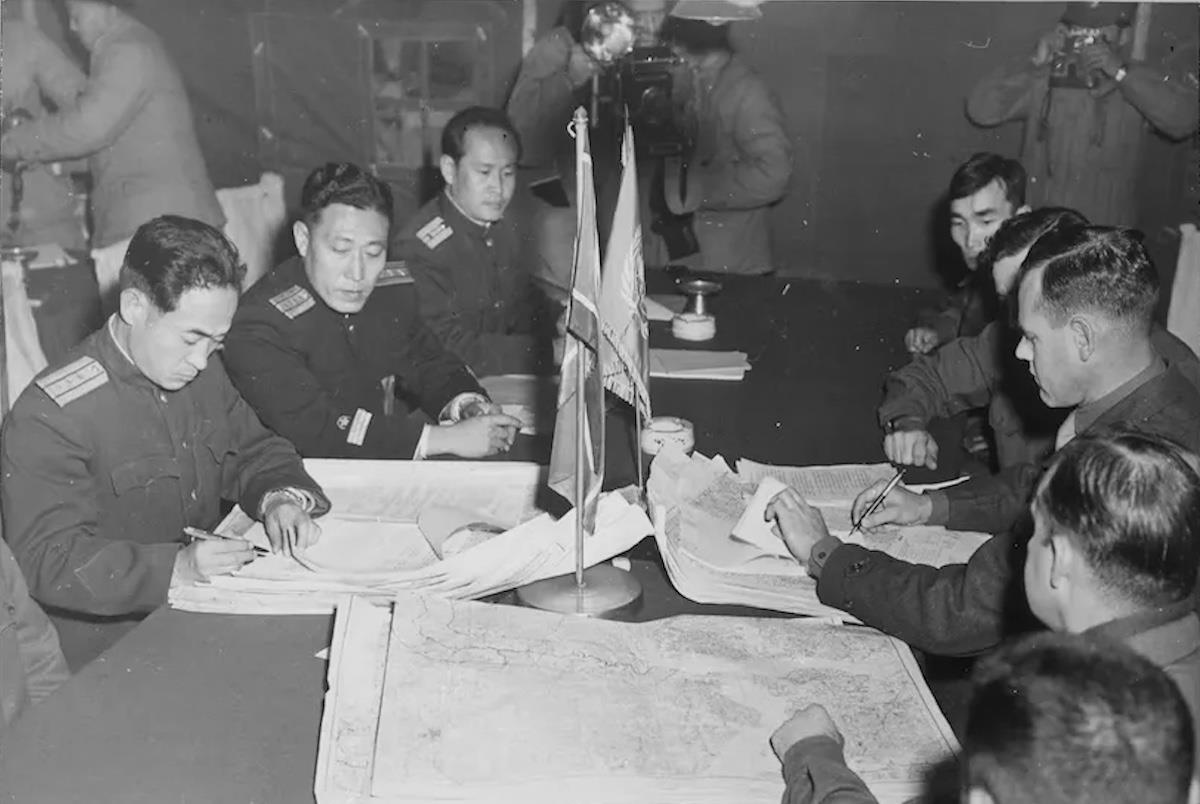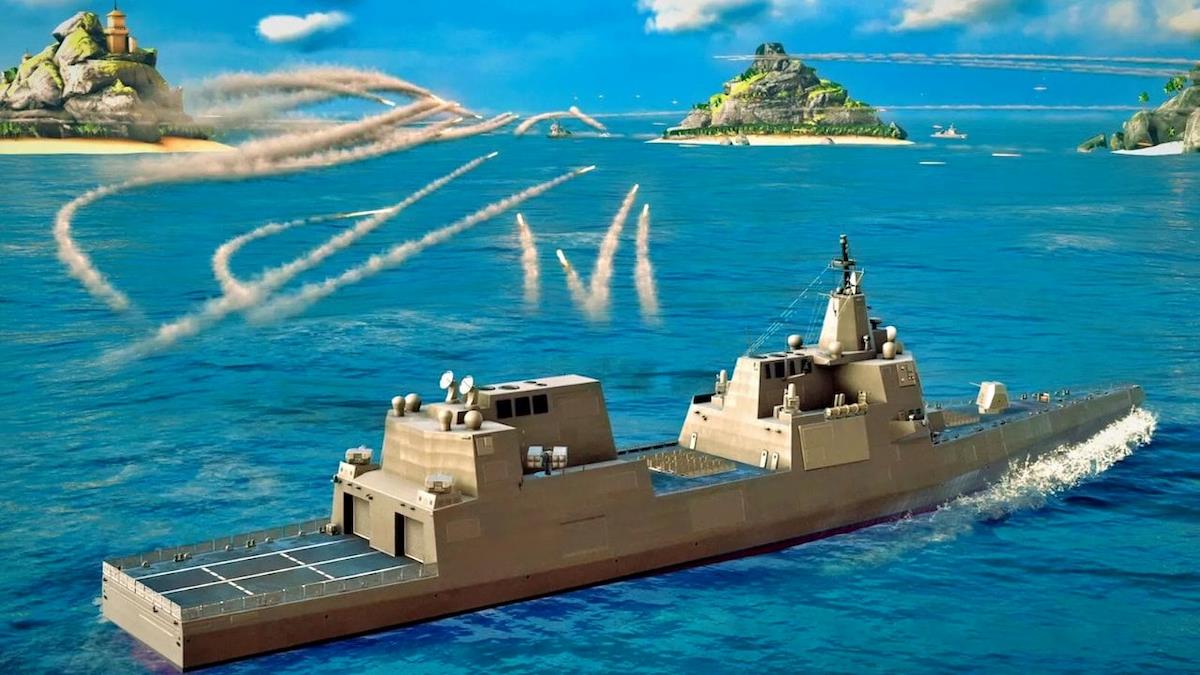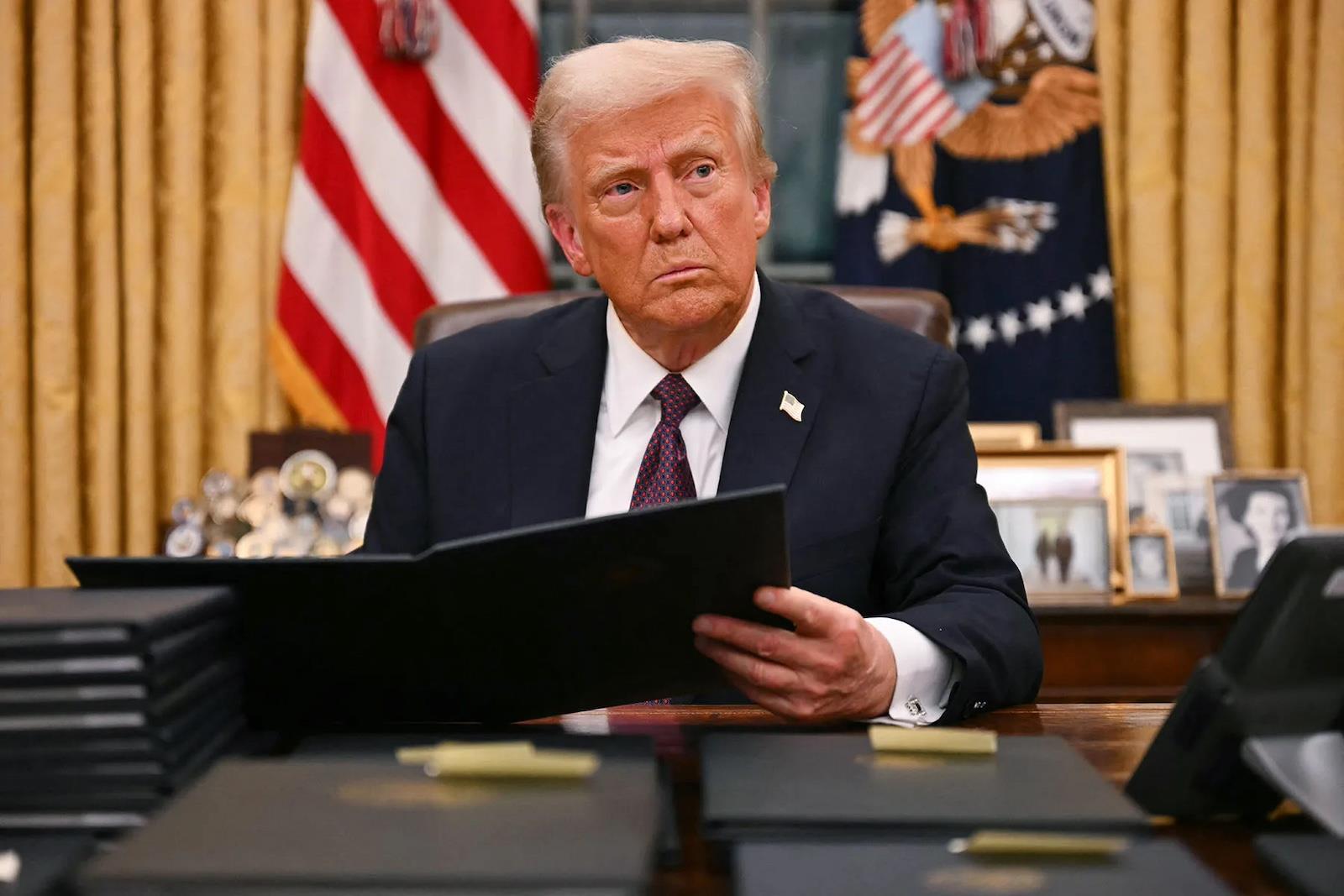
A Korean-Style Armistice For Ukraine?
The 1953 agreement was reached after difficult negotiations that involved the United States, North Korea, South Korea, China, the former Soviet Union and United Nations forces. Its main provisions were:
The Korean armistice is now 72 years old. For the most part, it has prevented open war involving North and South Korea.
The demilitarized zone, or DMZ, in Korea is about 160 miles long and 2.5 miles wide. Running through the DMZ is a Military Demarcation Line (MDL) which is where the opposing forces were when an armistice was reached.
The DMZ does not extend to the Yellow Sea which was not included in the armistice. The DMZ itself does not follow the 38th parallel north which was the boundary agreed by the US and the USSR at the end of World War II, although parts of the DMZ follow the 38 parallel.
Other than the Yellow Sea issue (including a number of islands that are heavily militarized), the DMZ is reasonably close to a final border should North and South Korea ever normalize their relations and sign a peace treaty.
The North Koreans have hinted, from time to time, that they are seeking a peace agreement (and especially US recognition and US security assurances), while the issue in South Korea is far more divisive and uncertain, fearing that normalization could undermine stability in South Korea and lead to a deal where US and allied forces would be withdrawn.

President Donald Trump and North Korean leader Kim Jong Un stand on the North Korean side in the Demilitarized Zone, June 30, 2019, at Panmunjom.
The Ukraine issue is territorial, military and political. Russia annexed Donetsk, Luhansk, Zaporizhzhia and Kherson provinces in September 2022 and Crimea in 2014. While the borders of Crimea are generally well recognized, the borders of the four provinces are not so clear.

Legal Disclaimer:
MENAFN provides the information “as is” without warranty of any kind. We do not accept any responsibility or liability for the accuracy, content, images, videos, licenses, completeness, legality, or reliability of the information contained in this article. If you have any complaints or copyright issues related to this article, kindly contact the provider above.


























Comments
No comment